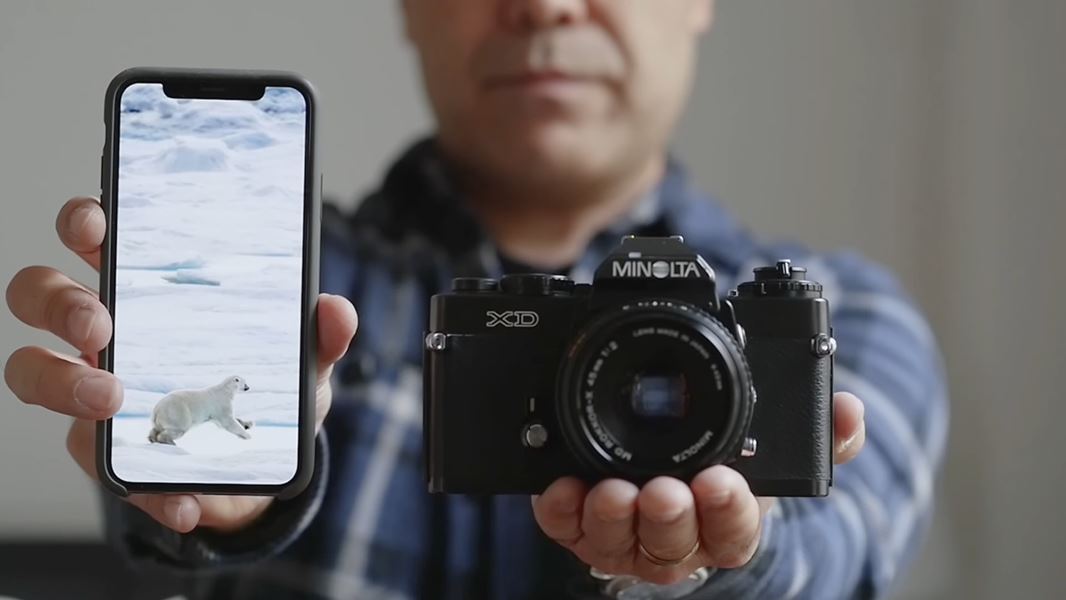Last Updated on 02/15/2018 by Mark Beckenbach
There has never been a more fitting time to say that film photography is still alive.
Compared to the current fast-pace of digital photography, film photography has been a calm and steady stream. Since the so-called analog resurgence, its advocates have been busy giving old cameras a new lease on life, keeping the demand for film going, and making new emulsions and cameras whenever the opportunity arises. The battle cry of these stalwart supporters of film? “Film is not dead,” or as the case presented in a short documentary by Take Kayo, “Film is still alive.”
Maybe it’s just me, but I feel that saying, “Film is still alive,” instead of, “Film is not dead,” has a stronger, more positive effect to it from a semantic perspective. It creates an impression that film is a medium that has remained relevant to this day and age where photography has become an industry largely driven by having the latest gear. This idea is best explained in Take’s Film is Still Alive documentary below:
Take may have began his exploration in British Columbia, but I’m sure what he has found is also true for film photographers around the world. The majority of the film photographer population is comprised of younger creatives who grew up in the digital era but eventually developed a taste for film’s distinct look and process. “I shoot film because there’s a certain level of intimacy and craftsmanship that comes into the image,” said one of the students he interviewed. It’s just one of the many reasons mentioned in the documentary as to why film continues to be the medium of choice for many personal and creative projects.
Another interesting perspective about film came from a professional photographer who pointed out that he liked how each film has its own “palette” as compared to digital, which doesn’t have inherent characteristics of its own.
The documentary is part of The Analogue Photography Series on Storyhive, which celebrates the analogue photography community. For Take, film photography never died; it was simply dormant. Now, it’s alive and thriving, and this series is just one of the many that can attest to it.
Screenshot image from the video


